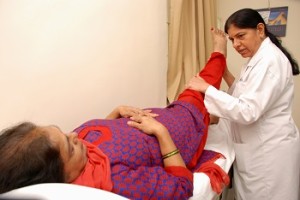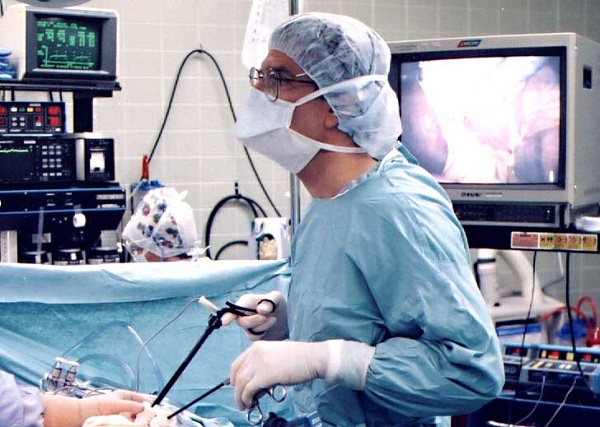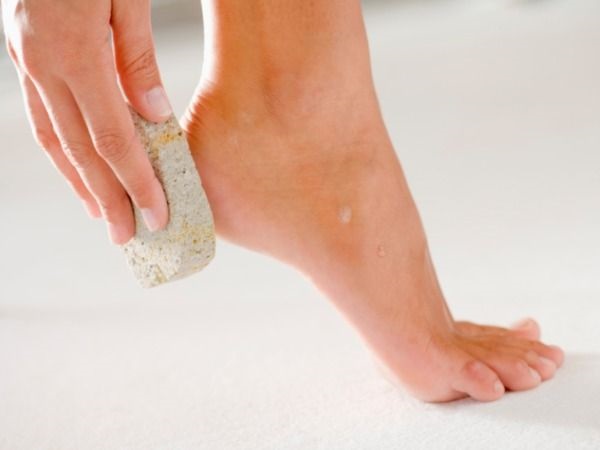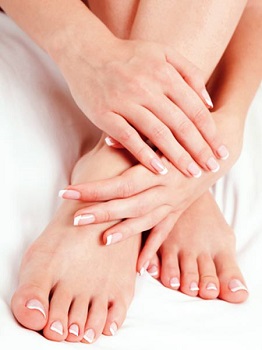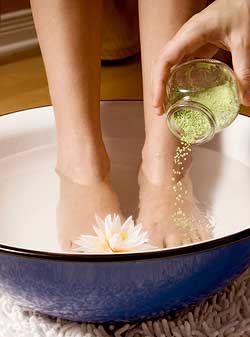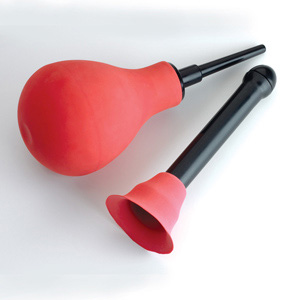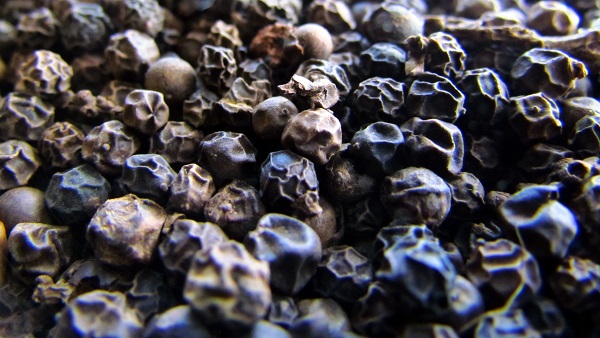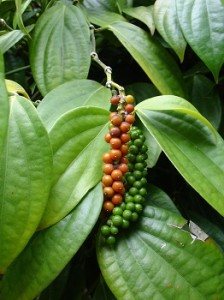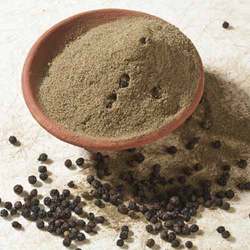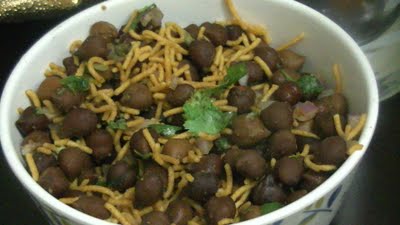PD Hinduja Hospital opens multi-disciplinary geriatric clinic from today; wants to create awareness of gerontology and devise specific treatment plans.
by the Editors | editor@themetrognome.in
Considering the high numbers of senior citizens in the country and the fact that by 2050, India will have the second highest numbers of elderly in the world (after China), it is a bit strange that there are not too many hospitals looking into specialised elderly care. Alarmingly, at least a third of this huge population will live alone and require care.
 Hearteningly, one of the city’s premier private hospitals, PD Hinduja Hospital, is opening the city’s first geriatric clinic today, on an OPD (Out Patient Department) basis. Says Dr Preeti Chhabria (in pic on left), consultant in internal medicine and who was instrumental in setting up the clinic, “As people age, there are several changes taking place in their bodies, which are accepted as ‘normal’ by virtue of ageing. We want to bring about the awareness of gerontology, and the idea that it is not necessary to accept these signs of ageing as normal.”
Hearteningly, one of the city’s premier private hospitals, PD Hinduja Hospital, is opening the city’s first geriatric clinic today, on an OPD (Out Patient Department) basis. Says Dr Preeti Chhabria (in pic on left), consultant in internal medicine and who was instrumental in setting up the clinic, “As people age, there are several changes taking place in their bodies, which are accepted as ‘normal’ by virtue of ageing. We want to bring about the awareness of gerontology, and the idea that it is not necessary to accept these signs of ageing as normal.”
She says that these psychological and physical changes cause a sense of ‘burden’ in the elderly. “Their bodies change and their mobility is affected. Add to that the sense of being dependent, both financially and emotionally, on their children, plus the grief of losing children or the spouse, and the person undergoes a lot of pressure in his daily life,” Dr Chhabria explains. “The elderly suffer in silence because people around them may not be aware of or sensitive to the pressure that they are under.”
What to expect at the clinic
Dr Chhabria has worked in the field of elder care in the US for 15 years, and will use her experience in the multi-disciplinary clinic. 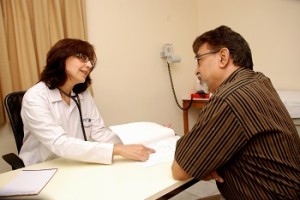 There will be three doctors in attendance at the clinic – a consultant for internal medicine, a psychologist and a physiotherapist, all working in tandem to devise the best treatment plan for each patient. “We would evaluate their physical and mental status, and we would follow a ‘grading system’ for each patient. We have clinical scales for grading, to include the parameters Normal, Grey and Mild/Moderate Dementia. Anybody qualifying for the last scale is immediately brought to the attention of their families.
There will be three doctors in attendance at the clinic – a consultant for internal medicine, a psychologist and a physiotherapist, all working in tandem to devise the best treatment plan for each patient. “We would evaluate their physical and mental status, and we would follow a ‘grading system’ for each patient. We have clinical scales for grading, to include the parameters Normal, Grey and Mild/Moderate Dementia. Anybody qualifying for the last scale is immediately brought to the attention of their families.
“The testing procedures we follow are fairly accurate, to the extent that we can determine if a person is suffering from ageing-related factors or if his or her condition is the product of other factors like illness or stress,” Dr Chhabria explains. The testing also involves evaluating a person’s mood, checking cognitive function and testing memory.
Dr Chhabria says that such a clinic is necessary in an environment that is extremely “tunnel visioned” towards providing only for the youth. “Geriatrics is the other end of the spectrum from paediatrics. In our daily lives, the young have to be aware of the fact that they are going to be caregivers for the elderly, and that they have to ensure that their old age is safe and peaceful. The elderly should not be marginalised, but taken care of with love and empathy.” In the future, Dr Chhabria says there are plans to offer counselling to caregivers of the elderly.
The clinic will remain open on Thursdays between 9.30 am to 5.30 pm. Please call the clinic on 022 39818181/67668181 for appointments and more details.
(Pictures courtesy PD Hinduja Hospital)

